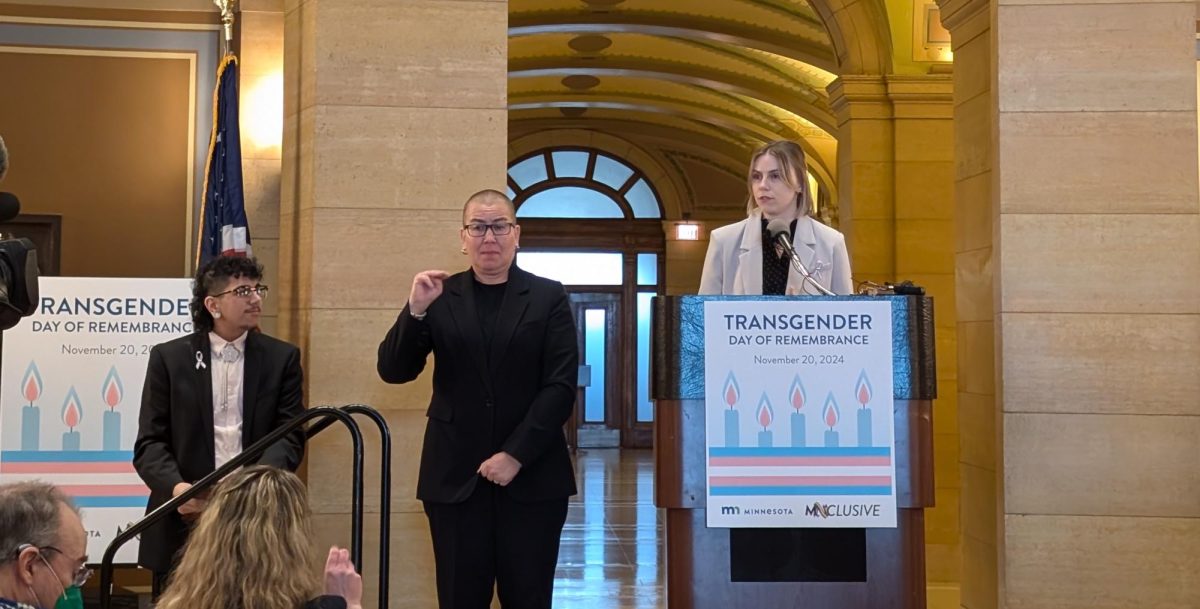By replacing light bulbs and doing other improvements, the University of Minnesota saved more than 8 million kilowatt hours (kWh) of energy in 2021 — which saves money and helps keep tuition rates down.
University engineers upgraded lightbulbs to LED lighting and improved ventilation in buildings like Pillsbury Hall and Mondale Library over the past year. These updates will reduce future maintenance costs and decrease the cost of purchasing energy from utility companies like Xcel Energy or CenterPoint Energy, according to Energy Management Assistant Director of Engineering Jeff Davis.
So far, about 70% of lighting has been converted to LED bulbs on campus, Davis said.
The University uses student tuition to help pay for the energy needed to operate campus buildings. The money saved by lowering energy consumption, worth hundreds of thousands of dollars, could be used to lower tuition or invested in other areas, according to Davis.
“Any energy we save is money that can be used elsewhere on campus in other ways such as tuition, programs and construction,” Davis said.
Although the 8.2 million kWh represents only 2.5% of the University’s annual energy consumption, this percentage is still significant, according to Director of Sustainability Shane Stennes.
The LED light bulbs will last for years and ultimately reduce maintenance costs, Stennes said.
In addition to lowering maintenance and energy costs, decreasing energy consumption is also part of the University’s long-term commitment to reduce greenhouse gas emissions. Over the past year, student groups and staff have called upon the University for increased accountability around sustainability and energy efficiency.
Although installing LED light bulbs and improving ventilation will make the University more efficient and reduce maintenance costs, upgrading this technology is expensive and requires significant investment, according to Davis.
“We try to offset heating and cooling costs by strategically using equipment [already] in place,” said Alex Poor, District Engineer for the North campus. “Instead of running the air conditioning, we take advantage of some lab buildings that require outdoor air.”
Different building designs across campus require different styles of lighting depending on how the space is used. Replacing fixtures and bulbs in the University Recreation and Wellness Center was straightforward because lighting fixtures are similar throughout the building, whereas the St. Paul plant growth chambers required replacing specific old bulbs, according to Poor.
Davis said engineers are looking for ways to update older buildings and decrease energy consumption further in the future.
“As we continue to identify projects, we collaborate with people in these spaces to make sure it fits in with what they are trying to achieve,” Poor said. “If we do the project and no one likes it, it’s a lot of money spent for people who don’t want to use it.”



















